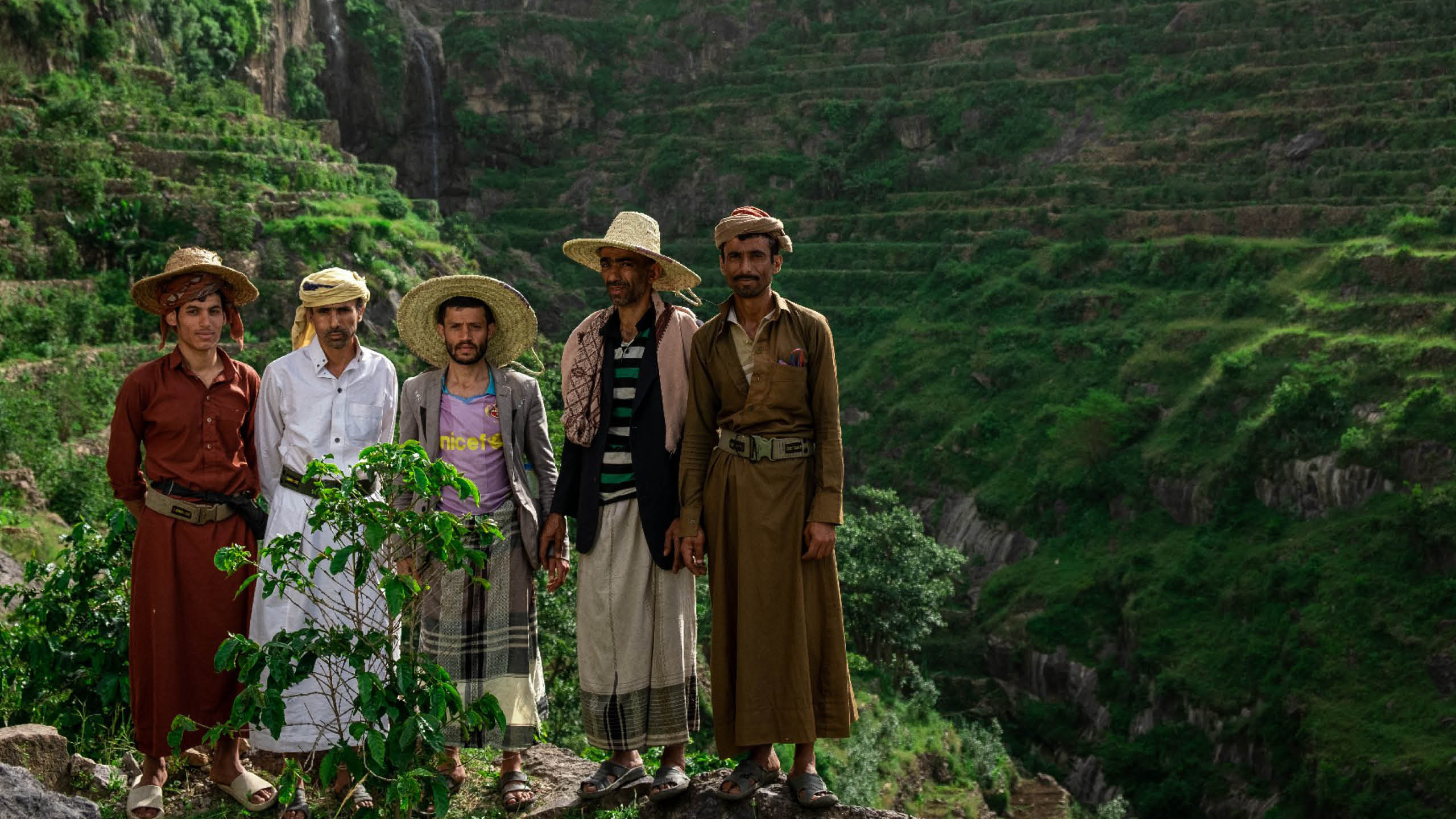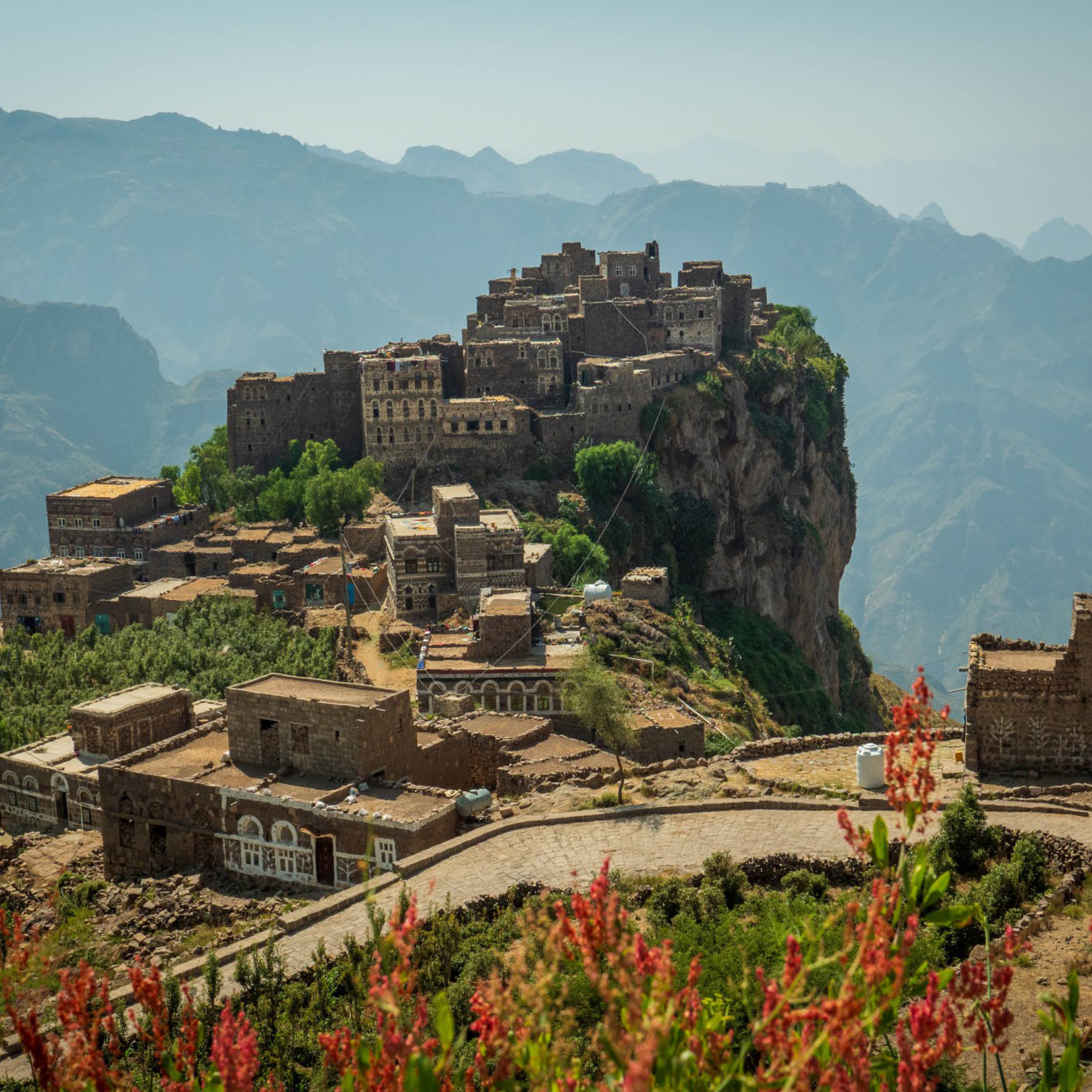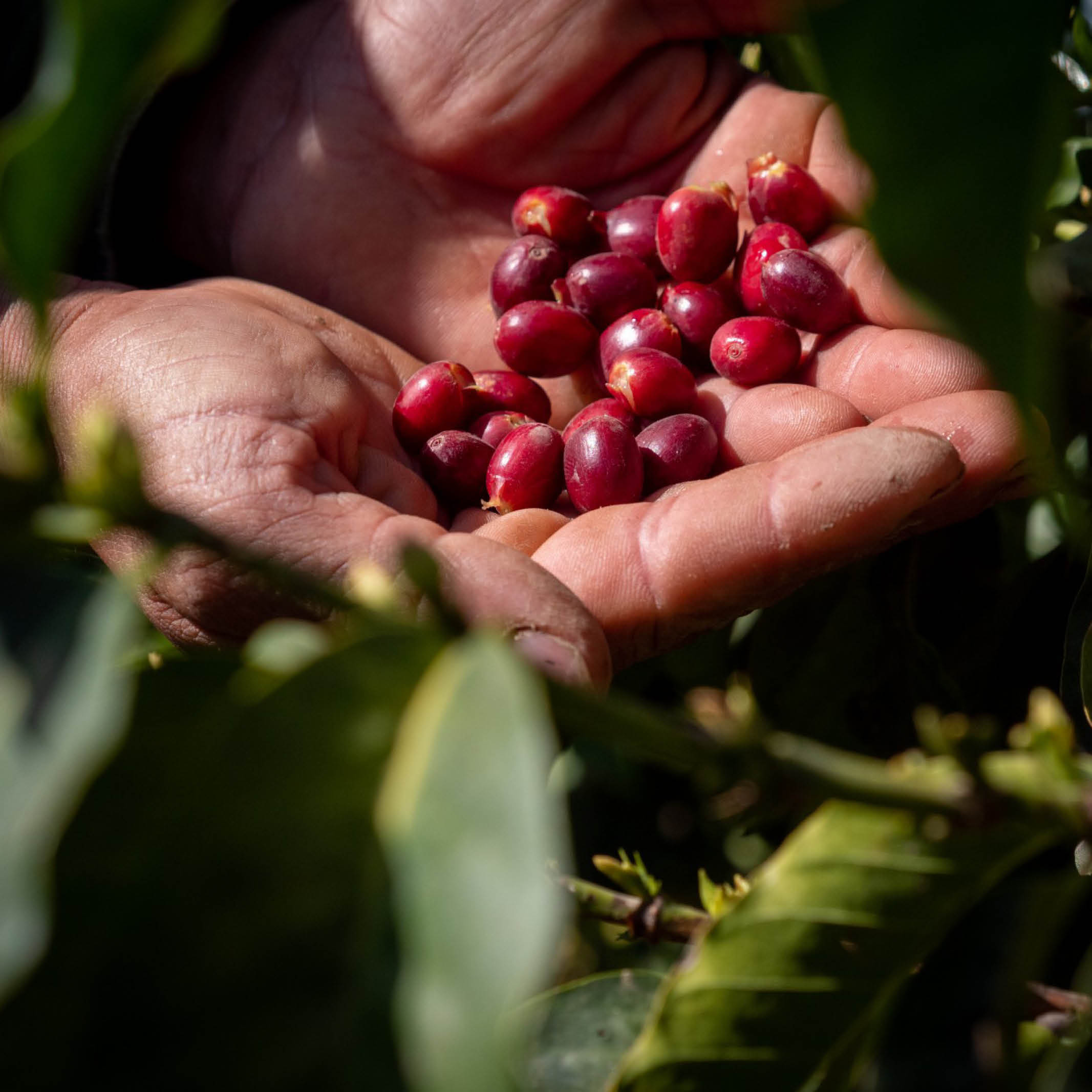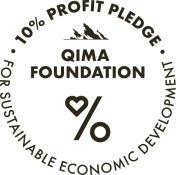





Jury code : 3347

jury score :
Genetics :
Process :
lot size :
VILLAGE :Akamat Hizb
REGION : Haraaz
GOVERNORATE : Sanaa
ALTITUDE :2100masl

FLAVOUR PROFILE



Yemenia is a new mother population within the species of Coffea arabica that is found exclusively in Yemen, and represents an ocean of unexplored genetics and future varieties that have the potential to reshape the world of arabica for centuries to come.
Read the Scientific paper here.
The discovery of Yemenia was part of Qima Coffee’s R&D programme with Dr Christophe Montagnon, the aim of which was to map out Yemen's coffee genetic landscape. Qima conducted the largest genetic survey in Yemen's history, covering an area of over 25,000 sq km.
Through rigorous research in coffee genetics, we discovered that there exists a mother population of Coffea arabica that never left Yemen, and remains native to the land till date: Yemenia – meaning Yemeni mother in Arabic.
Yemen’s coffee land has a rough climate, displaying both high and low temperatures in the extreme range of coffee growing areas worldwide, together with one of the lowest global rainfall levels. There is no doubt that this environment has favoured resilient landraces, not only between the 1400s (coffee first introduced to Yemen) and 1700s (when today’s main worldwide coffee varieties were taken out of Yemen), but also during the last 300 years of coffee cultivation and propagation. The unveiling of Yemenia, which has not been observed anywhere else in the world so far, opens the gate to previously uncharted genetic diversity within C. arabica in general, and Yemeni coffee in particular. Further research is ongoing to determine and identify potential varieties within Yemenia group.
Deep fermentation refers to a variation of natural processing. The coffee cherries are slow dried, in which we aim for drying days of over 30 and then double the layer of cherries to imitate a semi-anaerobic drying environment. The cherries are carefully turned throughout the process. The result of the deep fermentation process is a flavourful, fruit-forward coffee.
The name of the village, Akamat Hizb, comes from two words: Akmah (meaning a hat or cap, and refers to the shape of the fort located here) and Hizb (meaning a group, referring to the residents of the village or those belonging to the same clan). Apart from its unique name, Akamat Hizb is also home to two tourist attractions: an ancient fort and a waterfall.
The fort is circular in shape, and is made of stone and mud. It has several rooms and windows; the structure itself overlooks the valley and the surrounding mountains. Though the history of this defense fort is unclear, it likely dates to pre-Islamic to early-Islamic periods.
The waterfall is formed by a stream that flows from the mountains and splits into three tranches, before reaching the valley. The water for all three tranches meets in the valley, and forms a small brook that irrigates the fields and gardens of the village. The waterfall is especially spectacular with its torrential volume during the rainy season.
Haraaz is an ancient, mountainous region in the governorate of Sana’a, and is home to some of Yemen’s best, and oldest, coffee growing communities. The area has fertile, lush valleys and highlands where many different types of crops are grown. Farmers plant their crops in terraces here, and apart from coffee, they also grow alfalfa for livestock, millets and lentils.
The region houses roughly 140,000 people, with at least 1,500 families financially dependent on coffee farming.
In terms of volume, Haraaz is Yemen’s largest coffee producing region due to the presence of a large network of coffee nurseries across the region. The stratospheric altitudes, where the coffee is grown, adds to the unique flavour profile of Haraazi coffee. Farmers also believe that Haraazi coffee is distinctive because of the region’s fertile soil. It is interesting to note that a large share of Haraazi coffee is specialty grade.